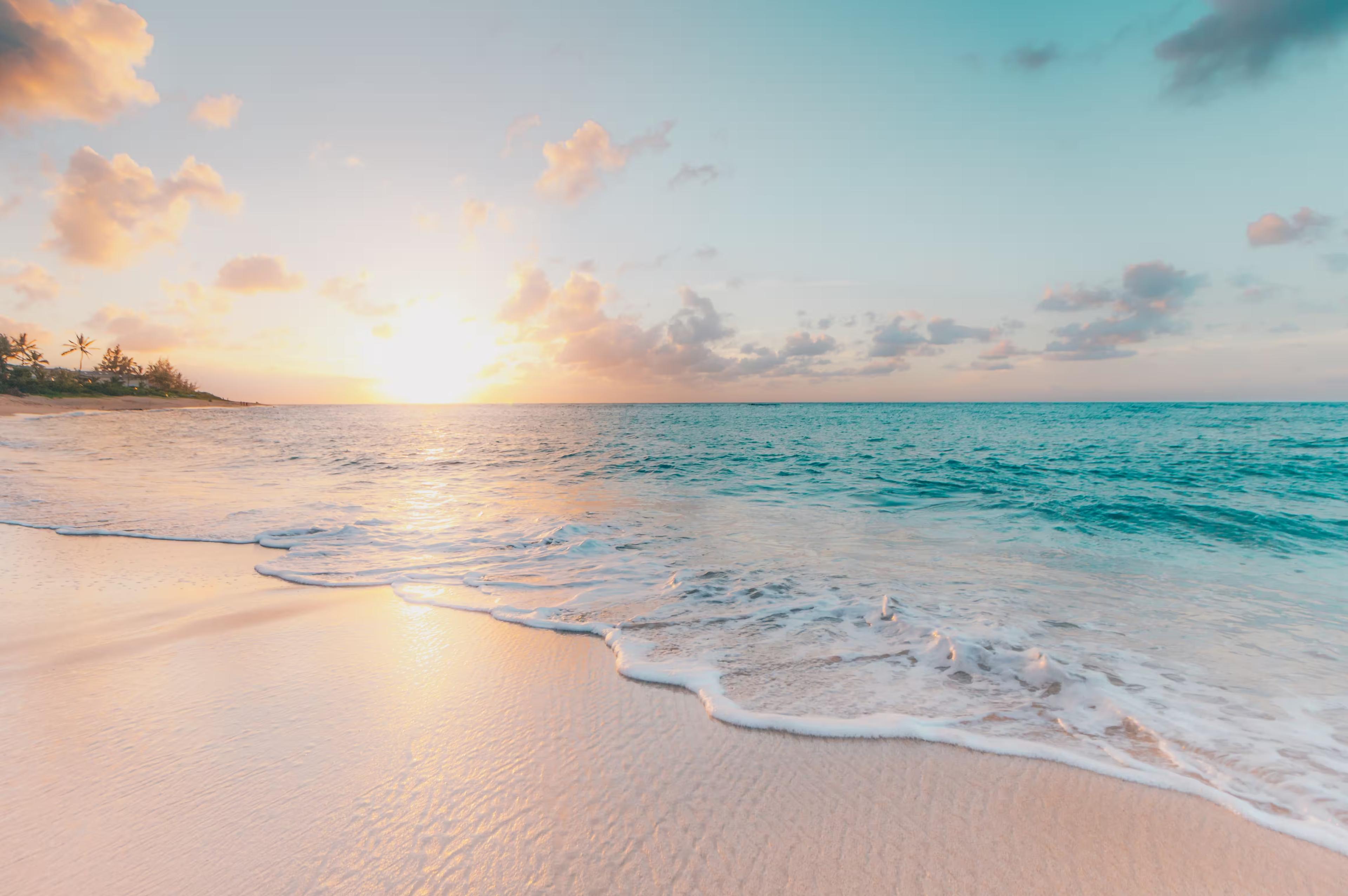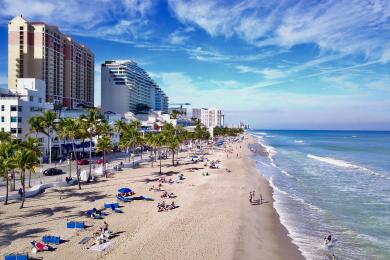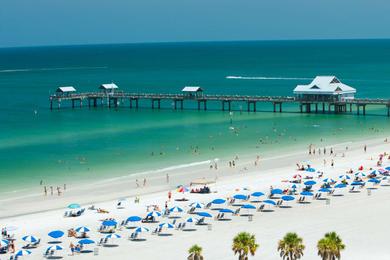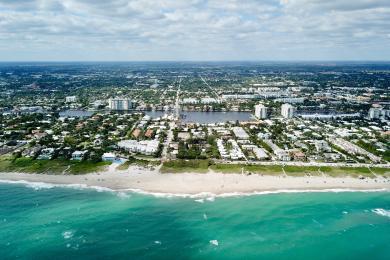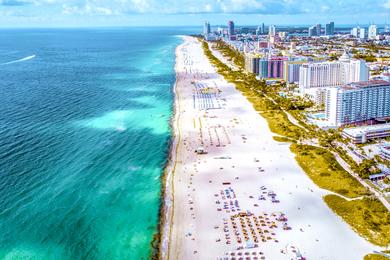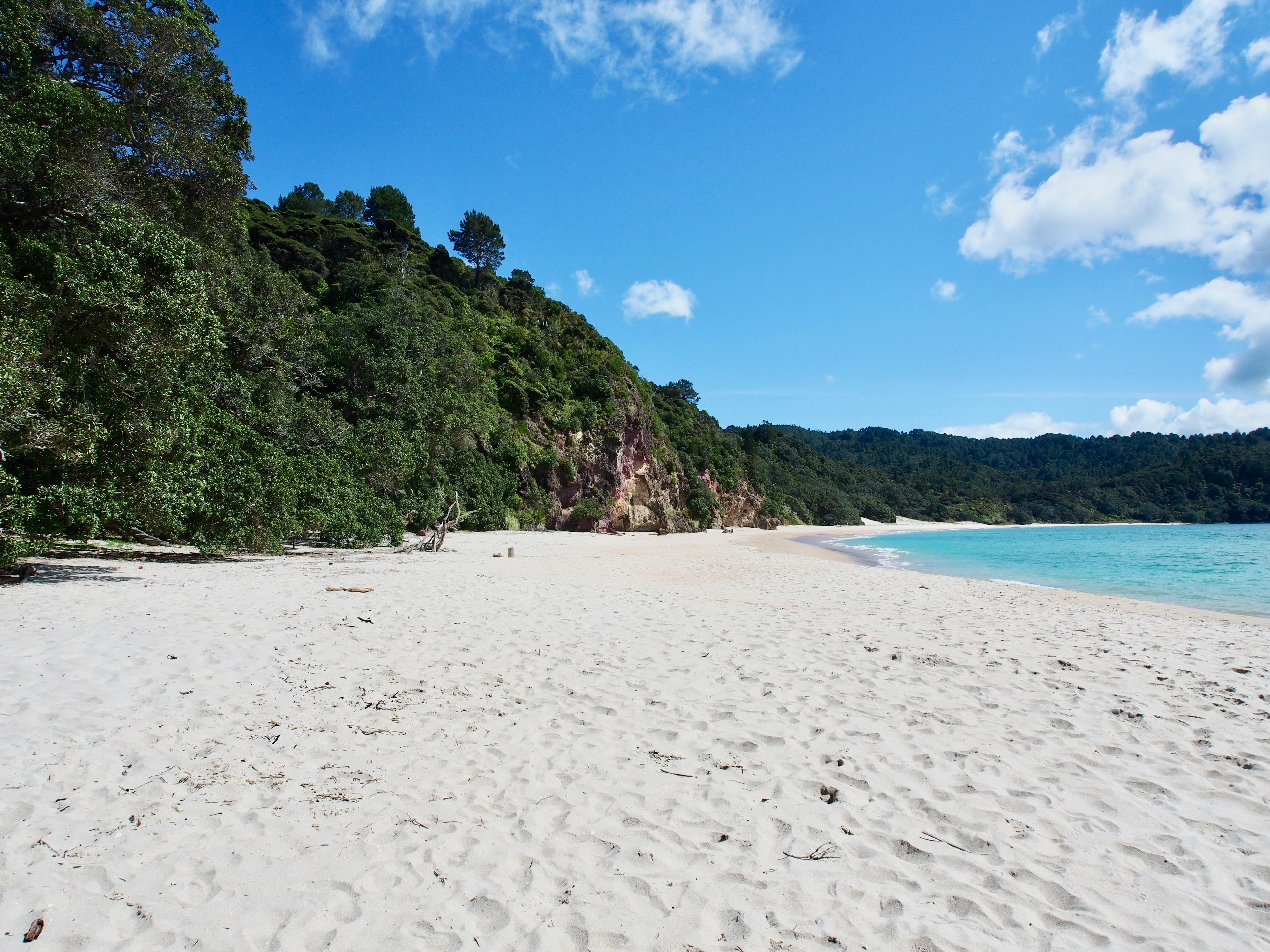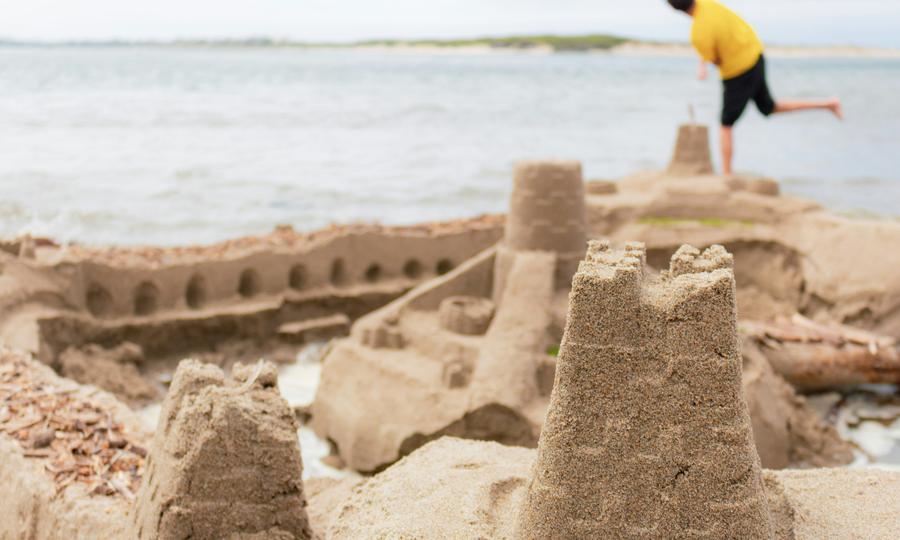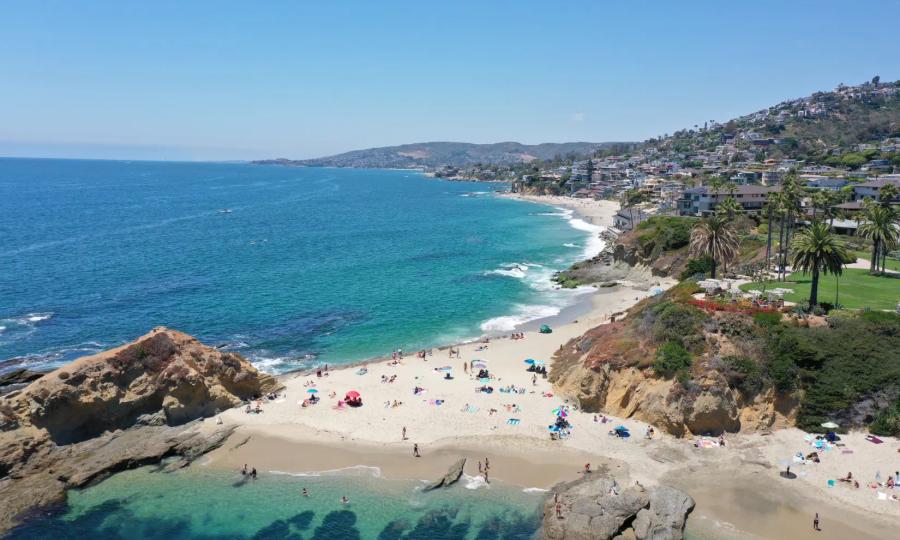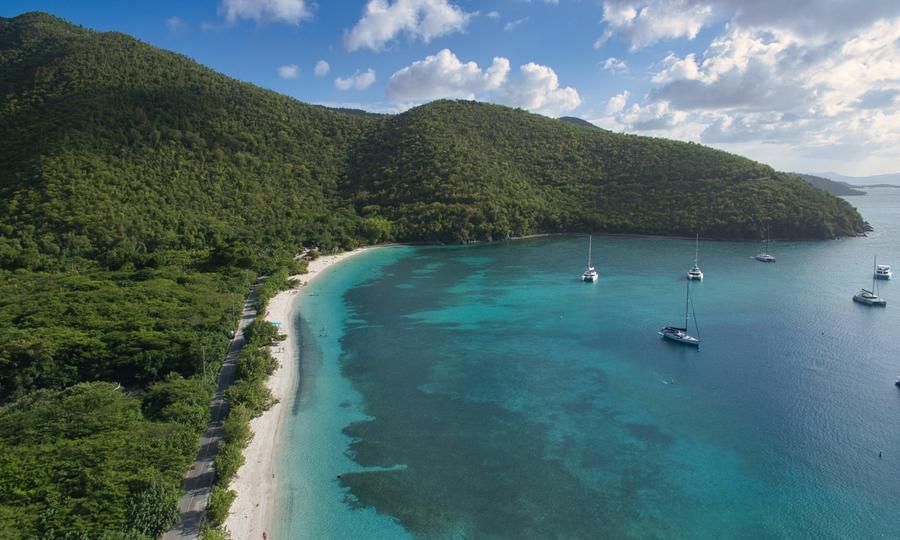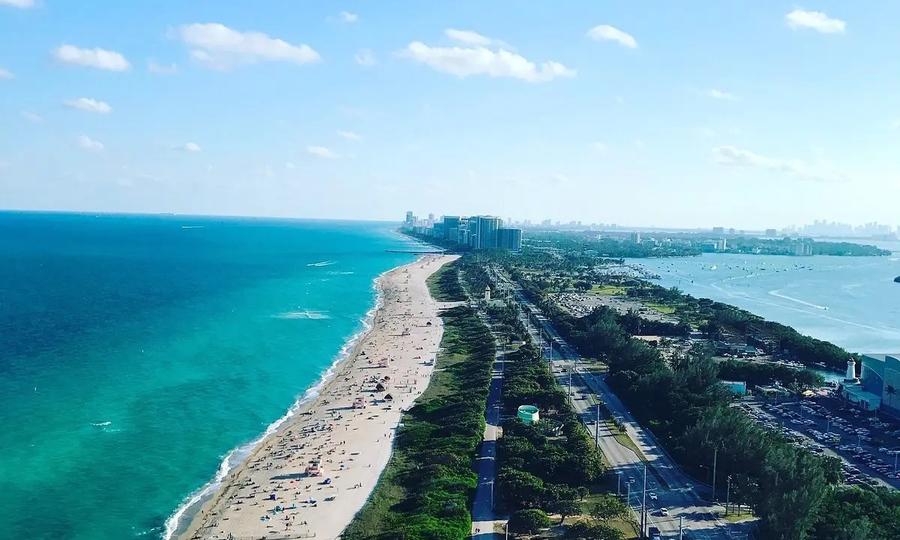North Swim Beach, located on Garden Key in Dry Tortugas National Park, offers a serene and secluded tropical experience. The beach is part of a larger park that includes Fort Jefferson, a historic 19th-century fort, and is known for its crystal-clear waters and vibrant marine life. Visitors can access the beach via boat or seaplane, as it is about 70 miles west of Key West. The beach provides a gradual slope and easy entry, making it ideal for beginner swimmers and snorkelers. The surrounding waters are home to a diverse array of marine life, including colorful fish and coral reefs.
The park's remote location and lack of modern amenities add to its charm, offering a true escape from urban life. However, this also means that visitors must plan carefully, bringing all necessary supplies and equipment. The beach is a perfect spot for those seeking tranquility and an opportunity to connect with nature.
The area around North Swim Beach is rich in history and natural beauty, making it a unique destination for both relaxation and exploration.





